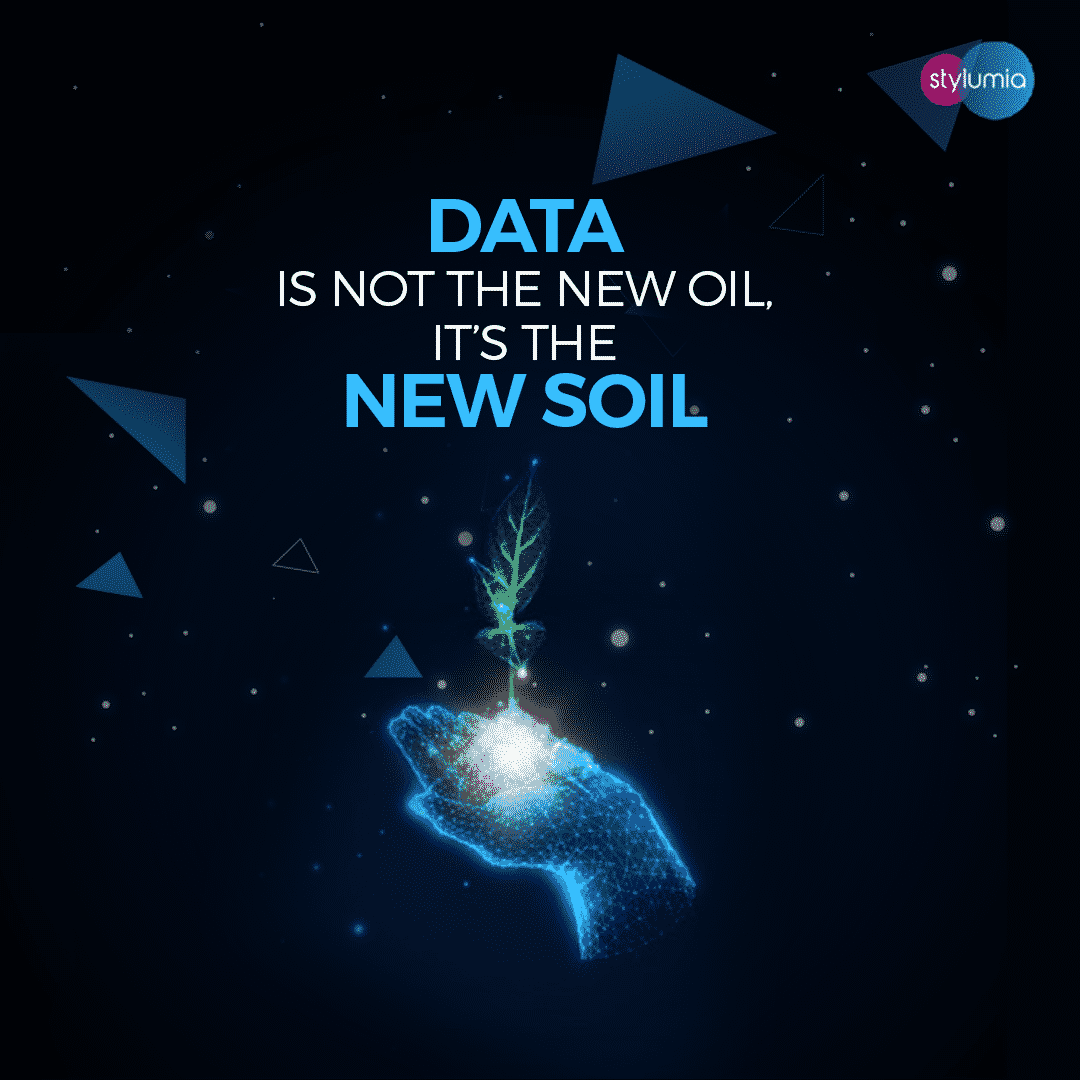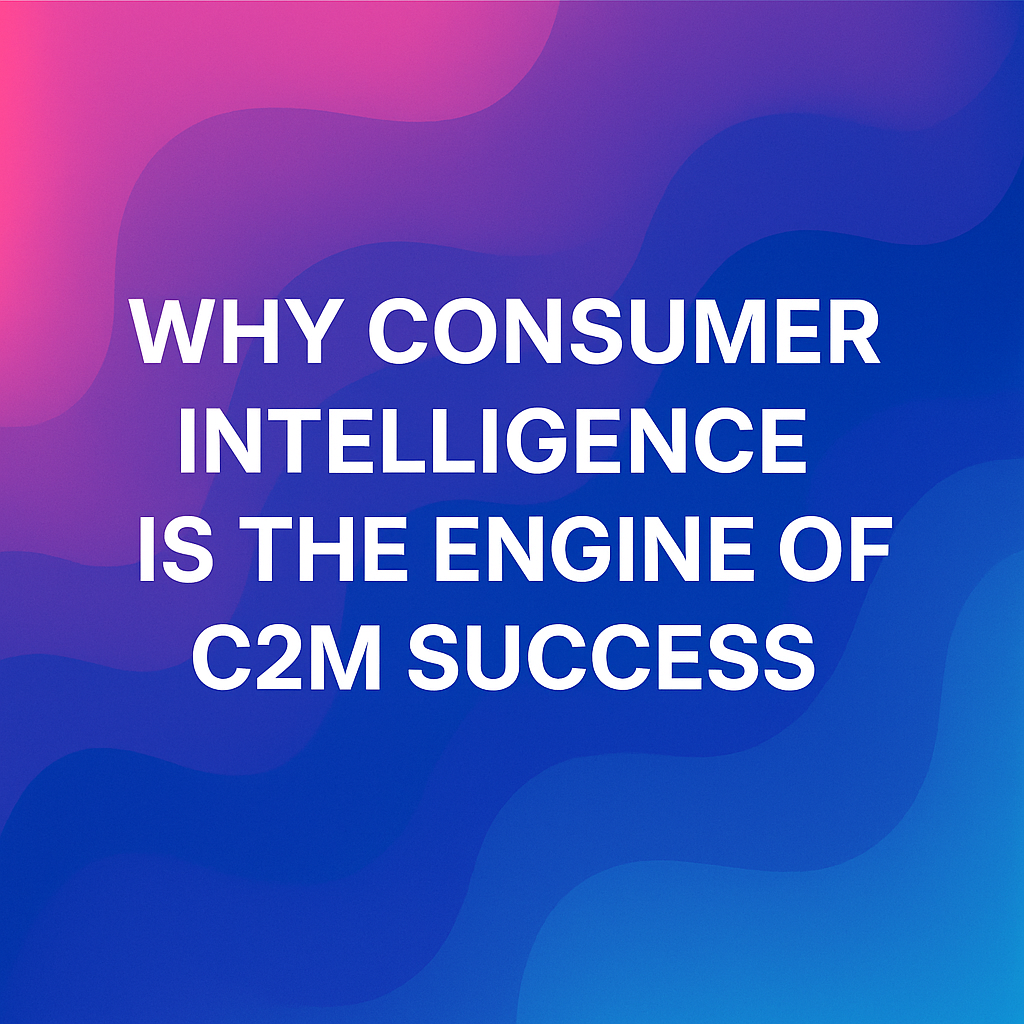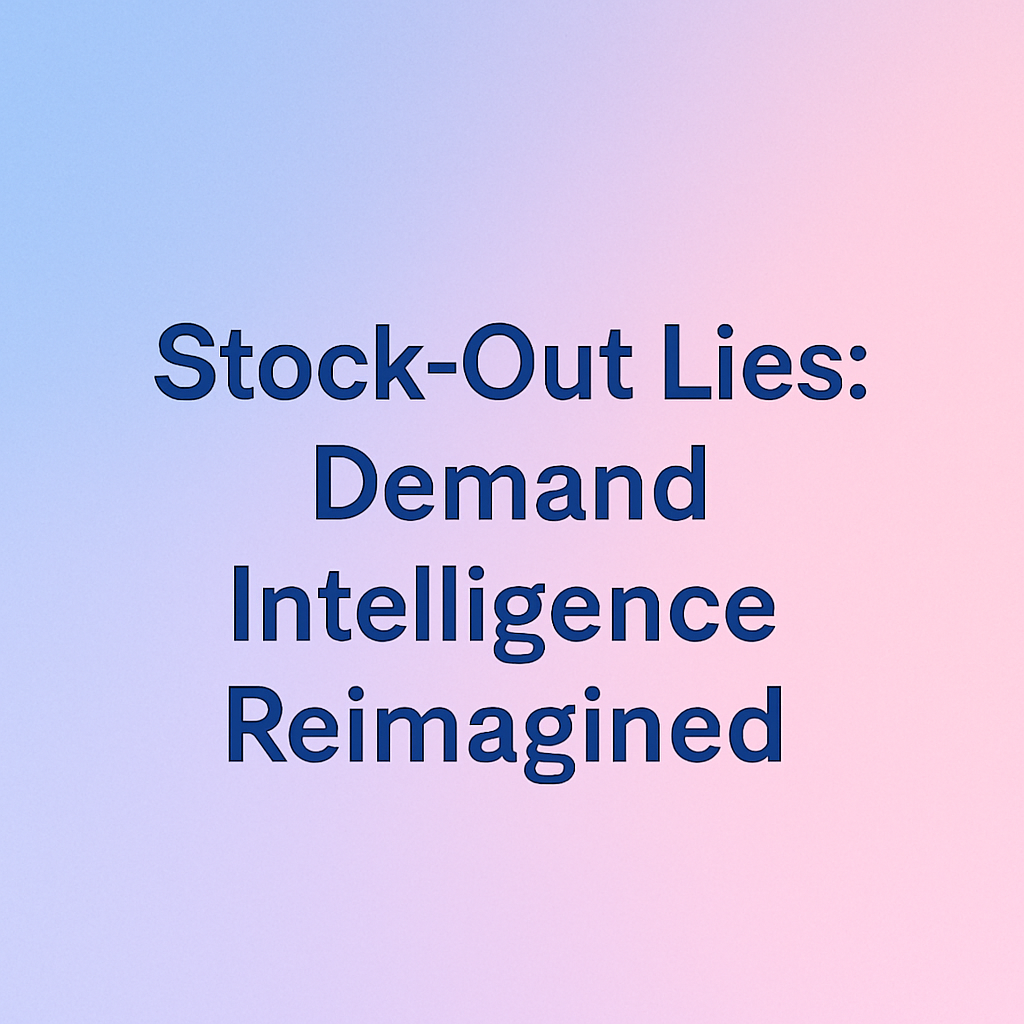Data Is The New Soil, Not The New Oil

Data is the new soil or the new oil? If we enter any conference room or a lecture, it is not uncommon these days to hear “data is the most valuable resource” and “data is the new oil”. I was also party to this analogy. Off late, after working with a lot of organizations with data and solutions to predict the future, our realization is very different from this so-called simple analogy.
Let us look at the fundamental flaw in this analogy and how it can impact the actions we take. Oil is literally a liquid, which has value in its raw form, can be transformed into various value-adding products like petrol, diesel, kerosene, engine oil, sulphur etc. at various stages of extraction. This can further be converted to room heat anywhere in the world or moving a commuter bus in India. Oil is valuable, marketable, and tradable. The bits on the other hand, in data, are static. Without significant effort, data is not valuable. Data is the new soil as it has a lot more common with soil/land (which may contain an oil deposit) than with oil.
Dangers of Oil Analogy
If one goes with this analogy, amassing data looks like an asset build.

Creating data lakes without this deep understanding may be a waste of time and energy for the organisation. While oil resources are scarce and limited, data is not.

While Data/Information is…
1. Non-rivalrous
2. Non-depleting
3. Regenerative and nearly unlimited
4. Relatively inexpensive to store and transfer
5. Eco-friendly
6. Impossible to clean up if you spill it
It is important for you to assess where you stand on the data/information journey. An easy and practical way to assess is where you are data effectiveness now.

After assessing where you stand, there are huge opportunities to monetize your data for your business. Key areas include,
1. Improve process performance/effectiveness
2. Developing new products/markets
3. Build and solidify the relationship with consumers/partners
If you are interested to know more about the economics of information, recommend INFONOMICS as a good read. The value addition will depend on your analytics maturity. An interesting and simple construct for the analytics maturity model is below which takes you from hindsight to foresight and reactive to predictive. You can assess where you stand in the maturity continuum.

Not so Glamorous part of Data
Moving up the continuum needs a lot of groundwork and not so glamorous ones. No soil/land will be productive, unless we explore them, check the relevance and work on them. We need to plough the soil, add necessary ingredients to make it nutrient enough for the effective crops to come out of it.
This is the most important step if you really want to maximise the economic outcome. Even the best of organisations globally need a lot of work to be done in this area.

We covered in one of our earlier edits on the data myth and Machine Learning surprise by Rohan Rao, a world-leading ML practitioner and Kaggle Grandmaster. You can read the full article here.
What actions can you take?
The first step is to assess your data effectiveness index. Many of the data collected are not used as they are incomplete. For eg, we see some of the following incompleteness in data in our experience,
1. Granular master data with attributes that matter (30-40% completeness)
2. Granular availability of stock information (while sales are largely available stock availability by day is not very common)
3. Attribute clarity in a machine consumable form (for eg alphanumeric numbers describing functional attributes like shape, last in shoes etc)
4. Granular information of consumer and store attributes
Create a data clinic to ensure all new product creations and transactions are clearly accounted for and preserved from now on. Create a taxonomy that is relevant and important for your business. Involve predictive minds in this exercise as what you need for models to understand is different from what you need for the current way of working.
If you would like to move from descriptive to predictive analytics, time-series information of past data is critical. Cleaning the past data is an absolute must. The returns would be exponential.
With data being an 80% contributor to the outcome of any predictive modelling, always choose partners who can contribute to data than those who just come with models.
In fashion, data takes one more dimension unlike CPG companies i.e IMAGES. As we have always maintained fashion can’t be narrated and hence textual attributes alone are not good enough to plough the data. Every pixel in an image is valuable.
How can we enable you in this journey?
We understand and appreciate the value of data cleanliness, the richness of both textual and images in realising maximum value for fashion and lifestyle brands. We have been working with fashion brands and retailers spanning Fortune 50 to a start-up brand impacting their key business metrics of revenue velocity, forecast accuracy, inventory turns and gross margins.
We at Stylumia, enable you to move from hindsight to foresight through our suite of solutions all of which hinge on not only your data but also global fashion market data which are demand-sensed real-time so that you are always on top of the consumer needs.

If you would like to move from hindsight to foresight and get your data as an asset for your organisation, please reach out to us to make your brand future-proof and before it is too late.




